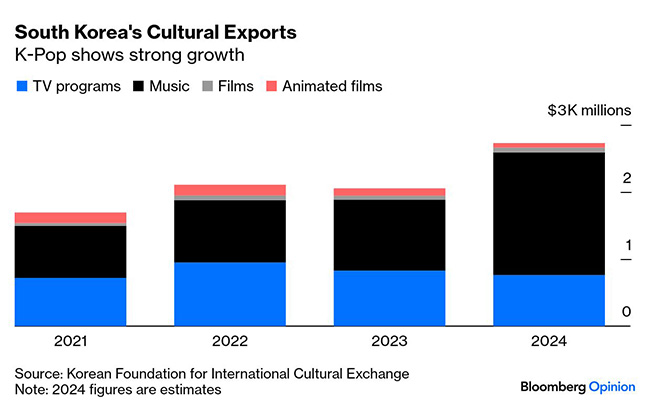
WOLFE Research’s Peter Supino has emerged as the biggest bull on Sony Group Corp., seven months after President Donald Trump’s rollout of sweeping tariffs caused the analyst to downgrade the Japanese entertainment and electronics company.
Supino raised his assessment of the firm to outperform from peer perform, and assigned a Street-high target of ¥5,300 to its stock, he said in a note published Wednesday. The 12-month target implies an upside of roughly 25% from Wednesday’s Japan close. Sony shares gained as much as 2.6% in Tokyo on Thursday morning, outpacing the Topix Index.
The analyst said that his earlier concerns around the PlayStation maker’s exposure to US tariffs on its consumer goods — including consoles and electronics — had changed.
“We’ve seen Sony largely manage the risk/impact to its profits,” Supino, whose company is based in New York, wrote.
With the upgrade, the Japanese-listed shares now have 26 buy-equivalent recommendations, five holds and zero sells, among analysts tracked by Bloomberg. The consensus rating for the stock — a Bloomberg-compiled proxy for the ratio of buy, hold and sell ratings — rose to 4.6, its highest in almost a year.
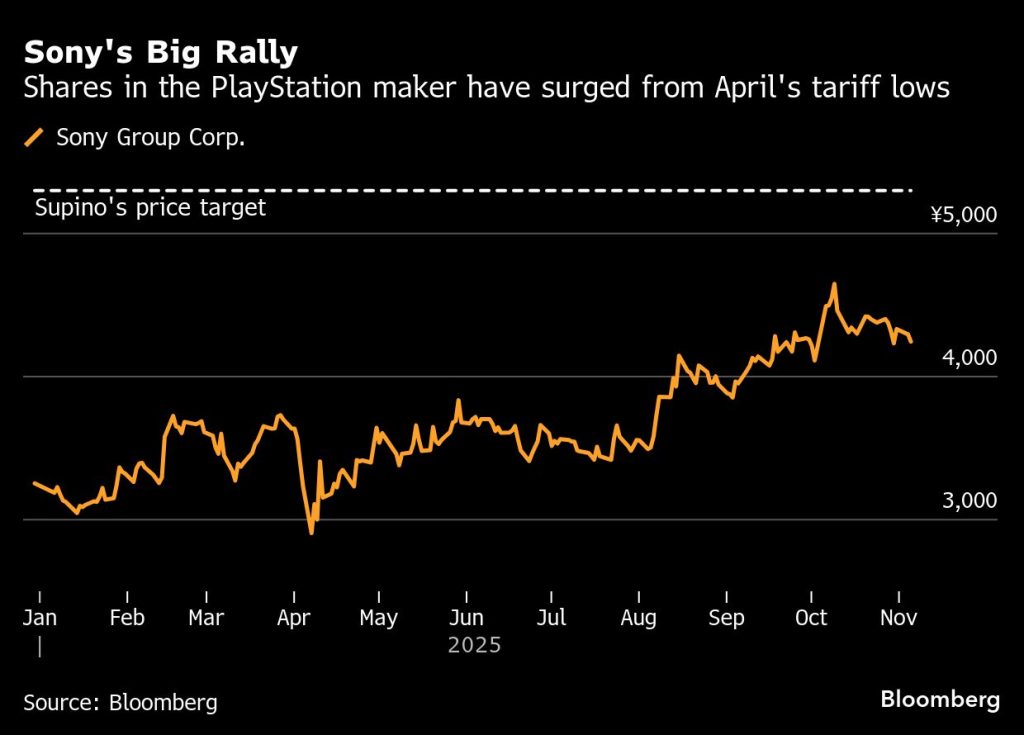
Supino cut Tokyo-based Sony to peer perform shortly after Trump’s April tariff announcement, which sent shares tumbling. The analyst said the levies would lift costs, while weakening consumer confidence presented a “real risk” for the firms that were the most exposed to discretionary spending. He also said that Sony faced a “risky” outlook for profit growth.
He’s become more confident in Sony’s growth prospects. The company is a “triple threat” in gaming, anime and music, and the gaming and music businesses boast “powerful positions” in expanding markets, he said.
“While Sony’s conglomerate structure deters some investors, we see ample evidence that Sony will continue to grow, gain operating efficiency, and allocate capital with a priority on per share equity value,” Supino said.
The stock got a boost in August as the company’s move to lift its profit forecast eased fears around the impact from the levies. It also spun off its financial-services arm. It’s up almost 50% from its April lows.
Still, Sony followed rivals Microsoft Corp. and Nintendo Co. Ltd. in hiking prices in the US for gaming consoles. In August, Sony said the price of its PlayStation 5 video-game console would rise to $550 from $500 in the US amid a continued “challenging economic environment.” —BLOOMBERG
The post Sony’s biggest bull emerges as Wolfe’s tariff worries ease appeared first on The Malaysian Reserve.


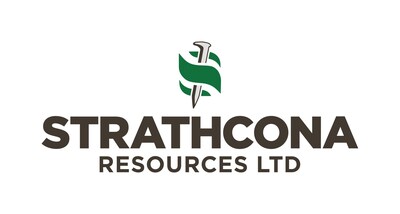

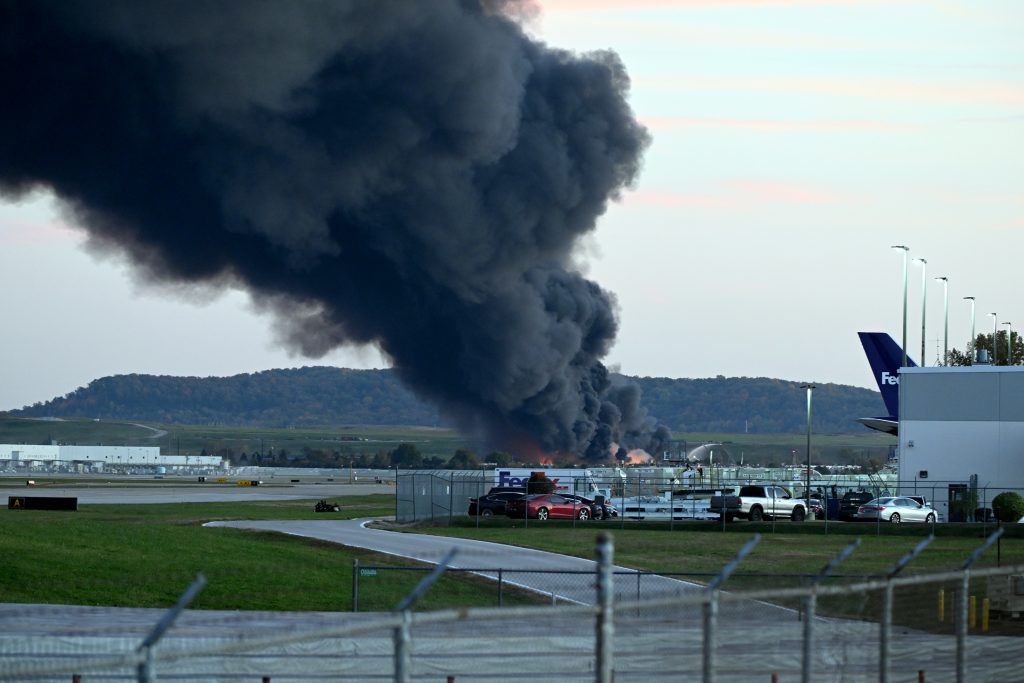
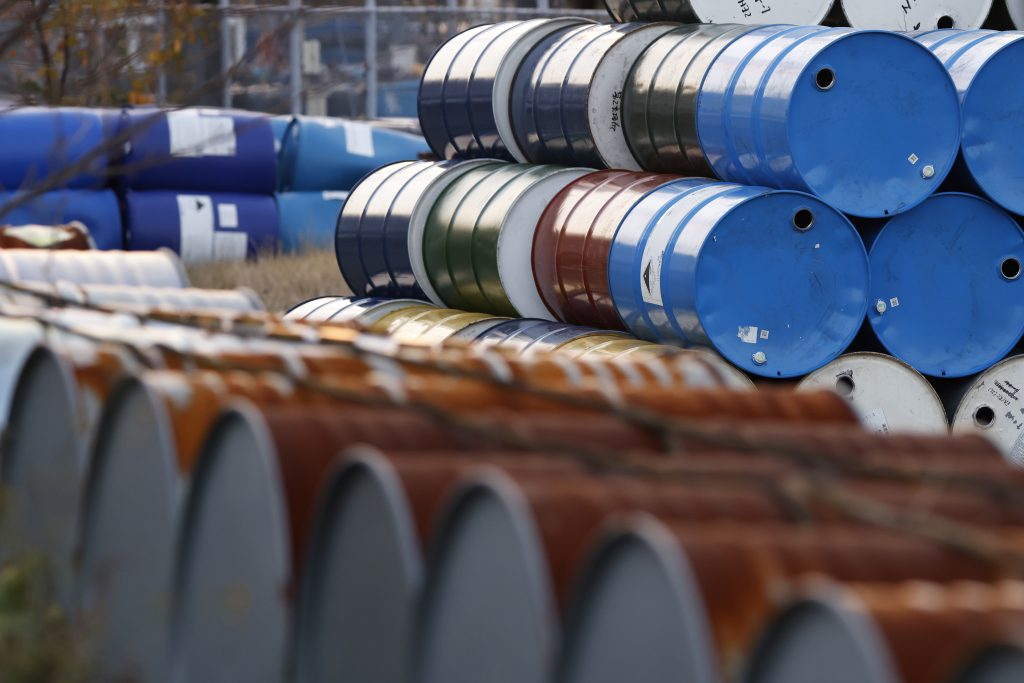




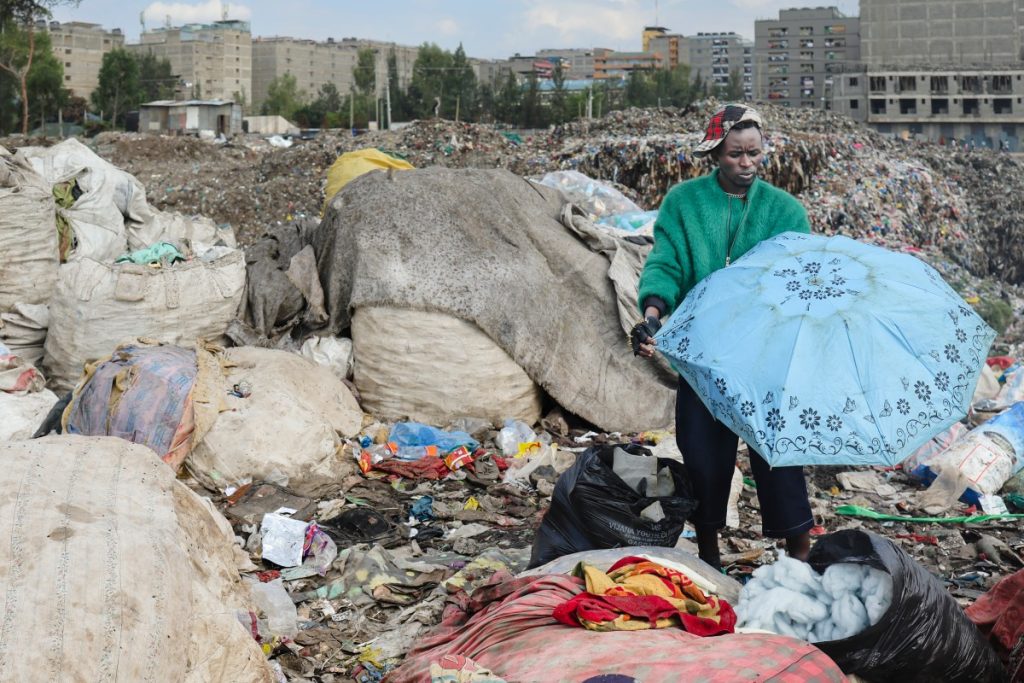



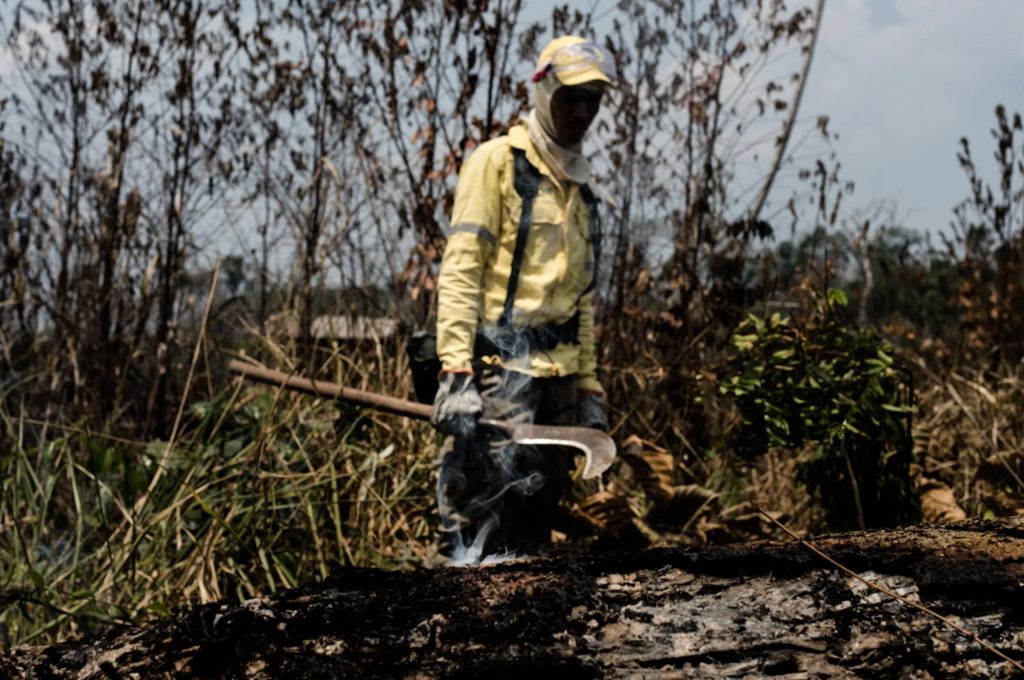
 WHATEVER happened to the saviour of the Amazon?
WHATEVER happened to the saviour of the Amazon?